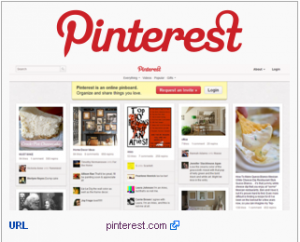 Producing expert ebooks has never been simpler, and promoting them has never been easier. Really? Yes, I did say “easier.”
Producing expert ebooks has never been simpler, and promoting them has never been easier. Really? Yes, I did say “easier.”
Since social media has come into being, the way you promote your expert ebook is, in fact, a whole lot easier. It’s not just about promoting your ebook, it’s about promoting YOU! Yes, you are the expert, not the ebook.
In order to get your e-book in front of as many eyes as possible, you’ll need some patience, a plan and some creative ideas. Here are six tips to get you started:
1. Set Your Social Media in Motion
Just because you say you’re an expert, you have to have branded yourself as one. You should have a presence on social media and you have been active as well (if not, you’d better get moving.) If you don’t have time, hire a virtual assistant that is knowledgeable in the different platforms.
2. Set up Your Author Page on Amazon
Even if you’re working with a publishing house, make sure your own ‘house’ is in order. Yes, your Amazon house. Amazon is another social media site. You can go to Amazon Author Central to create your account. Once you have done that, you can feed your blog into your profile, add videos, books from your bibliography and reviews. Remember, it’s not about getting reviews, it’s about giving them as well. Your name will be associated with that review! Read More→










